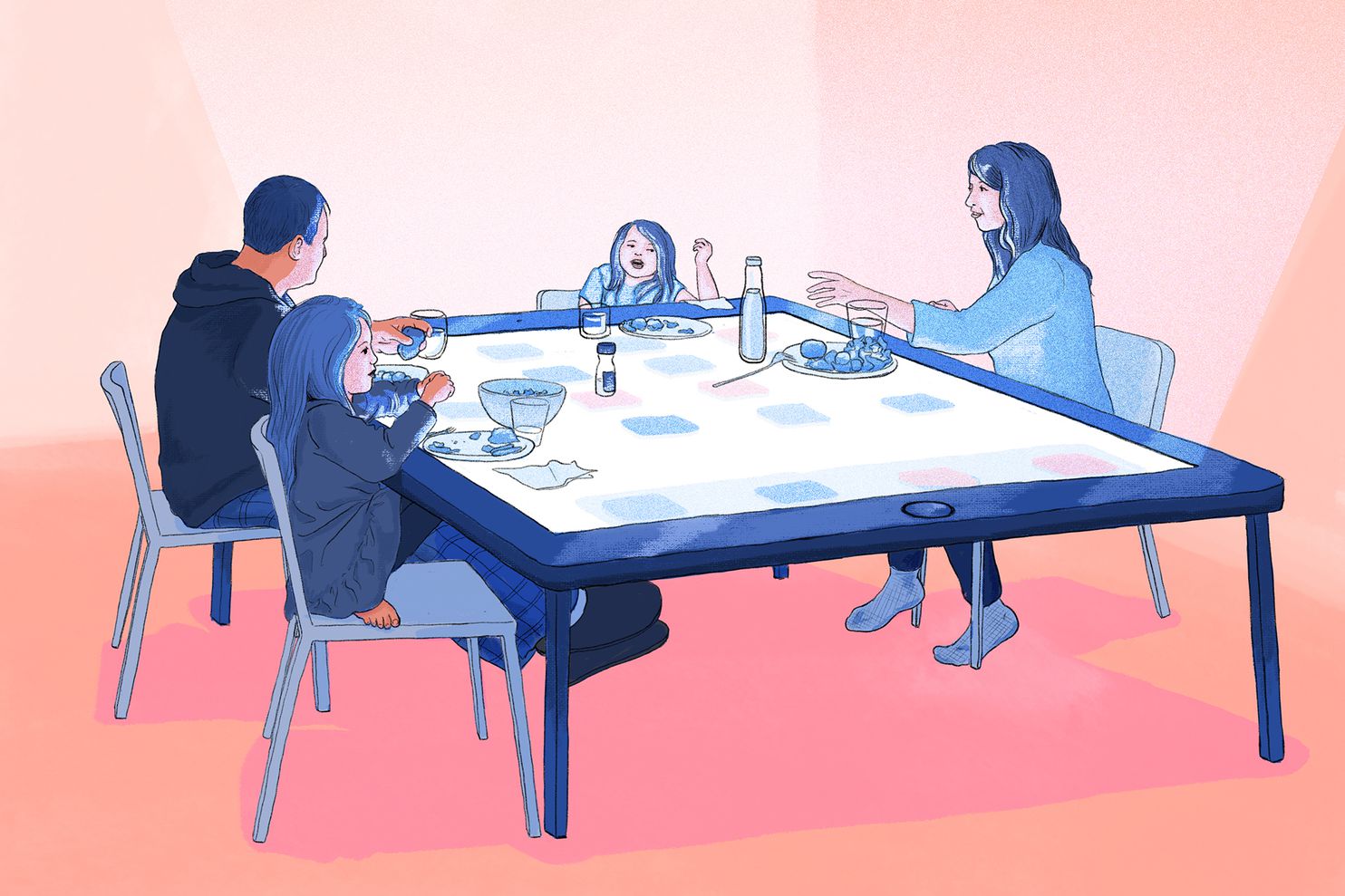Yes, your kids are spending more time on screens. Stop feeling guilty about it.

Sara DeWitt is vice president of PBS Kids Digital.
My kindergartner’s class had to go all virtual Friday. My third-grader had an asynchronous day. And I was making a big Zoom presentation. Minutes before I logged on, I handed the boys snacks, water, a TV remote and my iPad. When I reemerged, they reported that they had watched five straight episodes of “Arthur,” while simultaneously building a giant tower in Minecraft.
This is when I’m supposed to tell you how guilty I feel. But I don’t, and neither should you.
A year into the pandemic, we all know that kids’ screen time has gone up. The kid-oriented Internet services company SuperAwesome reported that children in the United States and Britain started spending dramatically more time with screens when stay-at-home orders went into place. At PBS Kids, we were not surprised to see a 23 percent increase in streaming and a 40 percent increase in game play in the first month of the pandemic — a rise that has held steady compared with pre-pandemic numbers.
But while the circumstances in which children are using screens have changed, media coverage of screen time continues to treat any increase in screen time with alarm and anxiety. No one wanted kids to be out of school for a year and barred from their neighborhood playgrounds; no one expected to have their children with them while they worked every day for a year. Of course screen time has gone up! Why are we shaming parents about it? And why aren’t we curious about whether that screen time itself is different?
As should have been obvious, the increases weren’t solely about streaming video binges and online gameplay. Instead, virtual schoolwork was a top activity. Kids who previously might have used FaceTime only to call their grandparents started using technology to socialize safely with their friends.
Most promisingly, parents report that they are watching more content with their kids; a report commissioned by the content company WildBrain Spark suggests 66 percent of parents expect to keep doing this after the pandemic. This is great news: Research is clear that kids learn more from media when they “co-view” with a grown-up.
Watching together is also often a social activity: Kids inevitably ask questions and can discuss what they did or didn’t like about a show or movie. Both kinds of conversations help kids hone their critical thinking skills. A TV show can inspire conversations about ethical, social or emotional issues. And there are stress-relieving benefits, too: Family movie night in my household inevitably leads to a dance party during the credits.
In other words: Not all screen time is the same.
Rather than thinking solely in terms of the quantity of the screen time kids are getting, parents should focus instead on the quality of that time.
Although the thicket of options on YouTube or other platforms is overwhelming, remember that kids can learn a lot from high-quality educational content, and you’re not on your own in trying to find it. Librarians, teachers and school districts will all have suggestions. And while not everything has to be educational, organizations such as Common Sense Media can help parents check whether content is age appropriate.
Don’t leave your kids out of the conversation when finding new shows and games. Many kids are excited about the new tech skills they’re gaining, but their independent searches can lead to content that’s silly at best, or inappropriate and dangerous at worst. In my house, we’ve set rules about searching for new things: My children can search YouTube Kids by themselves, but a parent has to be there for Google or YouTube. When my third-grader wants to watch a new show or download an app, we look up the target age range and reviews together. Often, we’ll watch a story or play the game together.
Which brings me back to Friday’s “Arthur” binge. That night at dinner, we asked the boys what happened in the episodes they watched. My kindergartner shared that Francine felt bad for lying about her bicycle being stolen, and that prompted a family conversation about telling the truth and owning up to mistakes — one that continued through most of the meal.
Yes, my kids had been glued to a screen for almost three hours that afternoon. But that didn’t make them anti-social or unable to think for themselves. Instead, their deep dive into a fictional world helped them engage with our family in the real one. Why would I feel guilty about that?
Read more:
Marty Makary and Nicole Saphier: The case for vaccinating children for covid-19
Henry Smith: I chose to go back to school on a hybrid schedule. My first day back was miserable.
The Post’s View: Students have already lost too much time. They need to be back in classrooms.
Greg Sargent: Trump is exposing the ugly truth about the GOP plan to retake power






